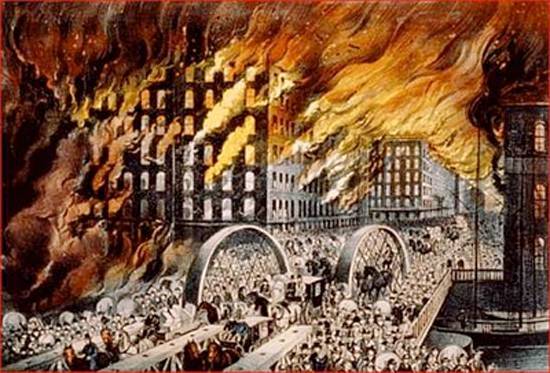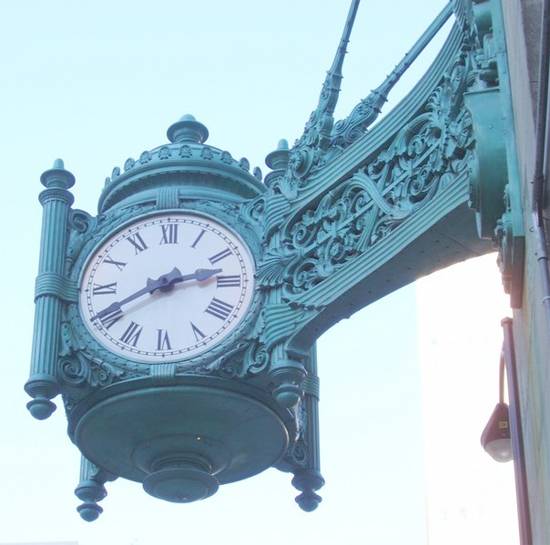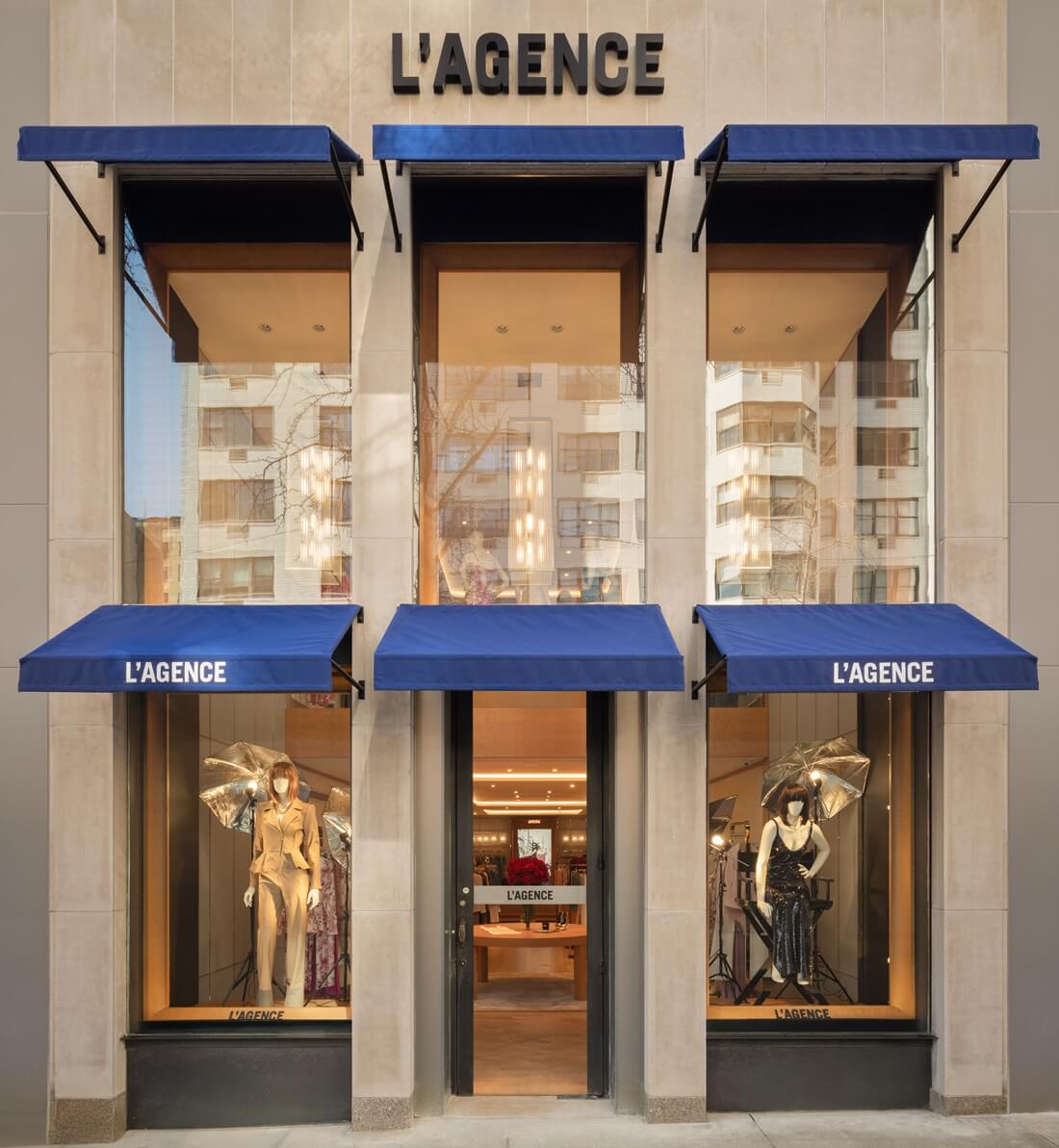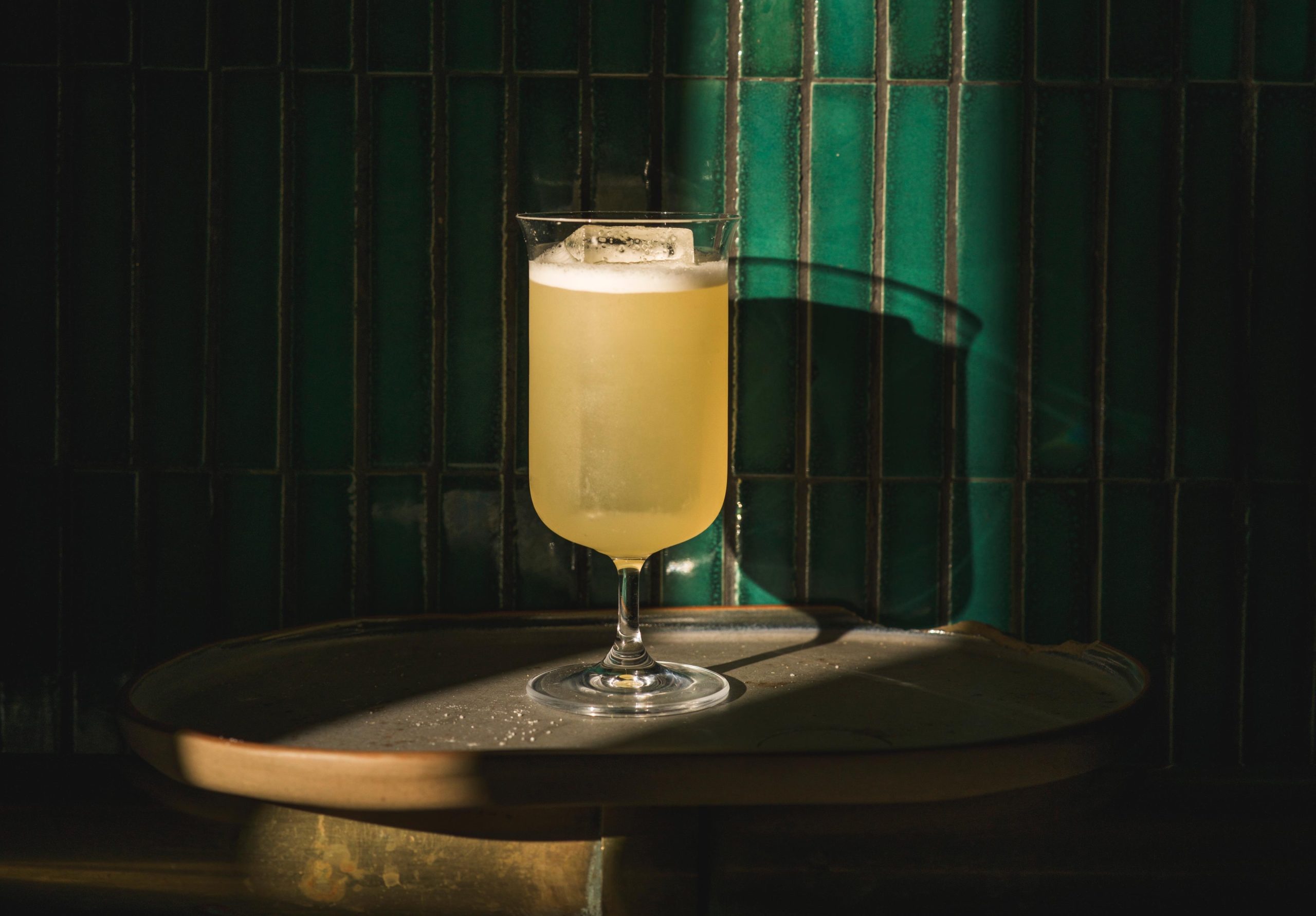History Lessons: The Haute 5 Historical Landmarks in Chicago
In order to be considered a historical landmark, a building must represent an architectural, cultural, economic, historic or social movement contributing to the heritage of a city. With 309 current buildings, structures, areas and places earning that distinction in Chicago, selecting only 5 to highlight was nearly impossible. These are some of the richest and most iconic sites that no tourist or local should miss.
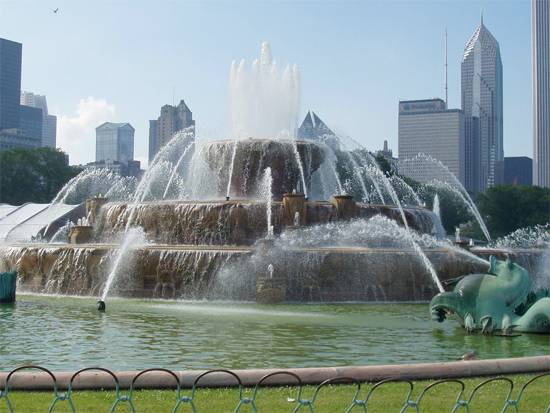 Clarence Buckingham Memorial Fountain and Garden
Clarence Buckingham Memorial Fountain and Garden
Buckingham Fountain is considered to be Chicago’s front door, residing in the center of Grant Park the city’s front yard (and earning national recognition as the site of Obama’s historic acceptance speech). The fountain, located at Columbus and Congress Parkway, was designed by Jacques Lambert to represent Lake Michigan. Each sea horse symbolizes a state bordering the lake and were created by the French sculptor Marcel F. Loyau. The design of the fountain was based on the Bassin de Latome and modeled after Latona Fountain at Versailles.
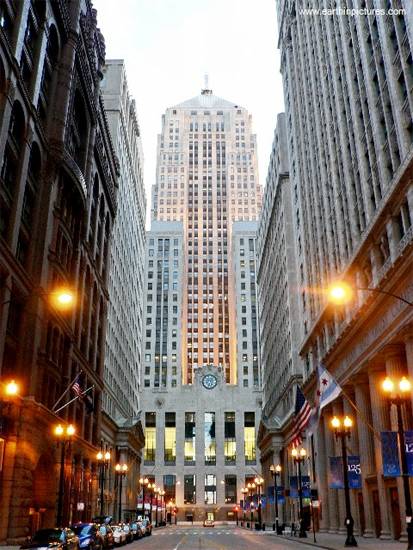
The Chicago Board of Trade Building
The Chicago Board of Trade Building is a skyscraper located at 141 W. Jackson Boulevard. Built in 1930 for the Chicago Board of Trade (CBOT), it is now the primary trading venue for the CME Group, formed in 2007 by the merger of the CBOT and the Chicago Mercantile Exchange. The 141 W. Jackson address hosted the former tallest building in Chicago designed by William W. Boyington before the current Holabird & Root structure before being surpassed in 1965 by the Richard J. Daley Center. The current structure is known for its art deco architecture, sculptures and memorable stone carvings.
The Site of the Great Chicago Fire
The Great Chicago Fire burned from Sunday, October 8, to early Tuesday, October 10, 1871, killing hundreds and destroying about four square miles in Chicago. The fire was one of the largest U.S. disasters of the 19th century and its rebuilding spurred Chicago’s development into one of the most populous and economically important cities in America. On the municipal flag of Chicago, the second star commemorates the fire. The traditional story is that it was started by a cow kicking over a lantern in the barn owned by Patrick and Catherine O’Leary. Michael Ahern, the Chicago Republican reporter admitted he made up the cow story because he thought it would be amusing. To this day the exact origin remains a mystery.
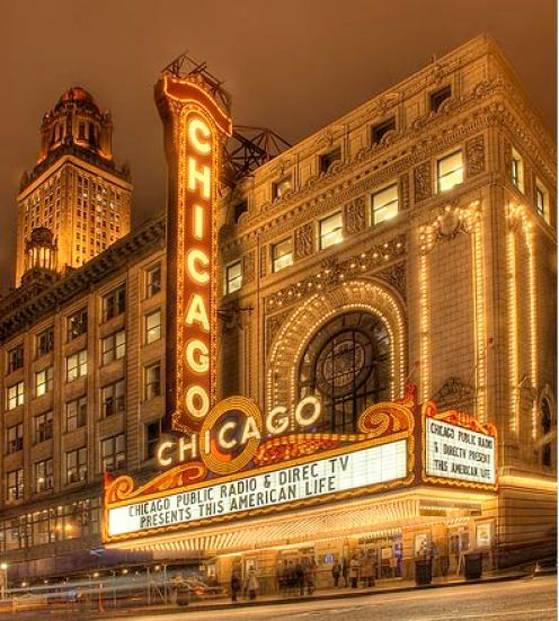
The Chicago Theatre
The Chicago Theatre, originally known as the Balaban and Katz Chicago Theatre, is the landmark theater on North State Street. Built in 1921, it was a dominant movie theater enterprise. that now serves as a performing arts venue. The iconic marquee is recognized as an unofficial emblem of the city appearing in countless motion pictures, photography and TV shows.
Marshall Field and Company Building
The Marshall Field and Company Building is the former flagship location of the Marshall Field’s department store and the current location of the Macy’s at State Street. Marshall Field’s is regarded as one of the three most influential establishments in the nationwide development of the department store. The building, which is the second largest store in the world, is known for its unique ornamentation includes a Tiffany & Co. mosaic ceiling and a pair of well-known outdoor clocks, which serve as symbols of the store and city.

